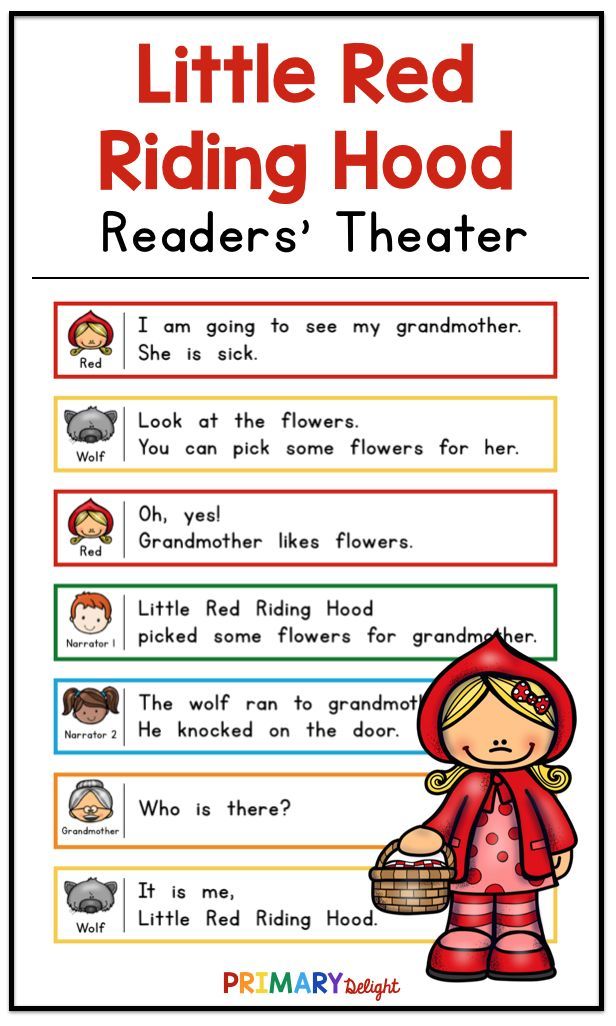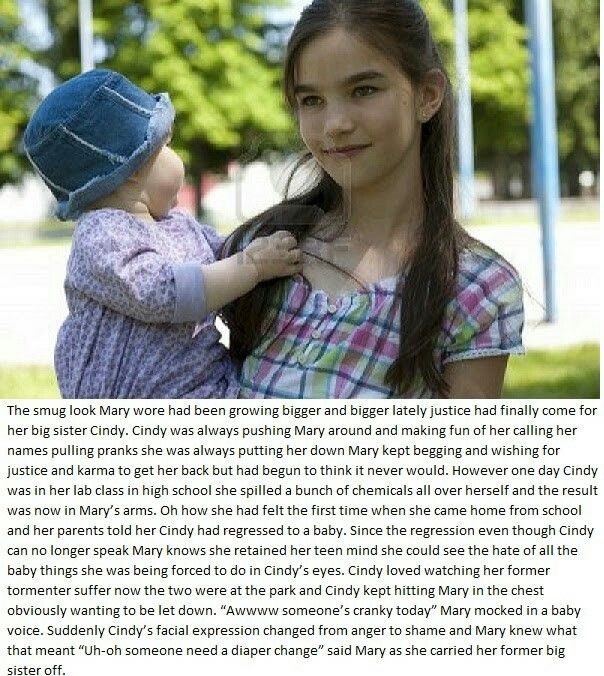The true little red riding hood story
The True (and Gruesome) Story of Little Red Riding Hood
Posted by Thrillvania in Haunted House Stories on September 27th, 2018
Like most of our modern fairy tales, Little Red Riding Hood has been recreated to be an appropriate bedtime story for our youth. But the original story is far more grim than you would have imagined, which is no surprise when you look at the other original stories in Charles Perrault’s Mother Goose Tales. Some sources say that Perrault was not the author, but rather the first to write the oral legend down. Others say the story could be a result of the “werewolf trials” taking place at the time of its origin. Of course, the story has been altered a number of times to fit the manuscript of the ages. Each culture has its own tale of the Little Red Riding Hood, and the most optimistic versions involve a young naive girl who can’t tell the difference in her own grandmother and a wolf in a night bonnet. In these versions, the little girl always escapes in the end, but this isn’t quite how the story goes.
In the original, much more gruesome versions of the story, the wolf is quite horrid. He arrives early at the scene, slaughters grandma, and prepares her body to wait for the little girl in the red hood. He dices her flesh and sets it upon a silver platter. He drains her blood into a wine bottle, placing both the “wine” and the meat into the cupboard. Once the young girl arrives, he orders her to strip, throw her clothes (apron, stockings, petticoat and all) into the fire, and climb into bed with him. At this point, she notices something isn’t quite right with Grandma, but she is apparently none the wiser because she carries on conversation with the wolf while he enjoys Grandma’s bread and milk.
Eventually Little Red Riding Hood is hungry, to which the wolf commands that she feed herself the meat and wine from the cupboard. Little does she know that she is dining on the own flesh and blood of her unfortunate grandmother. The girl doesn’t complain, though, and in some versions even remarks that it is a marvelous feast.
In most versions of the story, Little Red Riding Hood never discovers the wolf’s true identity, and eventually is gobbled up alongside her grandmothers remains. However, one version does end in the little girl outsmarting the wolf. She tells the wolf she must go poop, and needs to relieve herself in the woods. The wolf ties a string to her so she cannot escape, but she slips it over a branch and carries on her way.
As you can see, there are many reasons that the story has been changed so many times. What a fright it must have been for 17th century kids to hear the tales cannibalism and an imposter wolf that gobbles up children!
The new age story may be designed for the fainthearted, but if you are looking for a real thrill this Halloween, grab your haunted house tickets for one of the scariest haunted houses in Dallas area. We might not have a wolf in grandma’s clothing, but at Thrillvania Haunted House Park, we have a few sights that will scare your stockings off, too!
The True Story of Little Red Riding Hood
4 minutes
Last update: 28 July, 2022
Most of the stories left to us both by the Brothers Grimm and Charles Perrault were taken from local legends and traditions throughout the Middle Ages as they traveled through the villages of Europe. Many of them reflect the psychology of the period, their beliefs, their myths… all of them rooted in testimonies that wrapped them up in a certain “magical realism.” One of the oldest and maybe the most remarkable stories can be found in the tale of “Little Red Riding Hood.”
Many of them reflect the psychology of the period, their beliefs, their myths… all of them rooted in testimonies that wrapped them up in a certain “magical realism.” One of the oldest and maybe the most remarkable stories can be found in the tale of “Little Red Riding Hood.”
According to experts, this story is one that has undergone the most transformations since its origins, these changes always having the intention of “softening” some images so that a young audience could calmly listen to it. But the truth is that with every change, we lost the original intentionality, because every story contained a doctrine, a lesson that we should all follow. And the one taught to us by Little Red Riding Hood is worth keeping in mind…
Charles Perrault and the Brothers Grimm
Charles Perrault was the first to collect the story of Little Red Riding Hood in 1697. He had to include it in his collection of popular stories although it was one of the least known for the European population.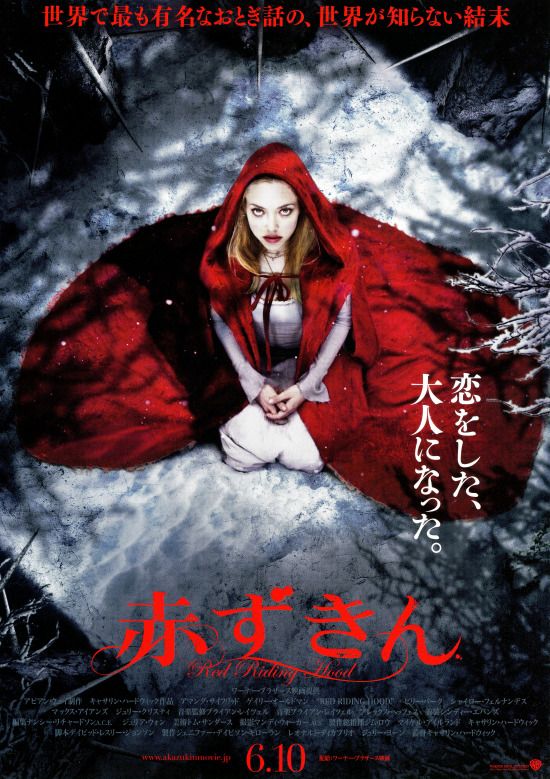 Certain images were so brutal that he changed them in order to make it suitable for a young audience. This was the first time that the story of this young girl with her red cap made its way to Europe.
Certain images were so brutal that he changed them in order to make it suitable for a young audience. This was the first time that the story of this young girl with her red cap made its way to Europe.
In 1812, the Brothers Grimm also decided to include her in their collection. In order to do this, they drew upon a work by the German Ludwig Tieck entitled “Life and Death of Little Red Riding Hood” (Leben und Tod des kleinen Rotkäppchens), which includes – unlike Perrault’s story – the character of the hunter. They removed every trace of erotic and bloody elements and gave the story a good happy ending. Because what would a child’s story be without its customary happy ending? As you can already guess, the original story is very different from the one that children read in their books, so let us get to know it.
The story of the real little red riding hood
As we pointed out before, this story finds its origins in an isolated region in the Alps.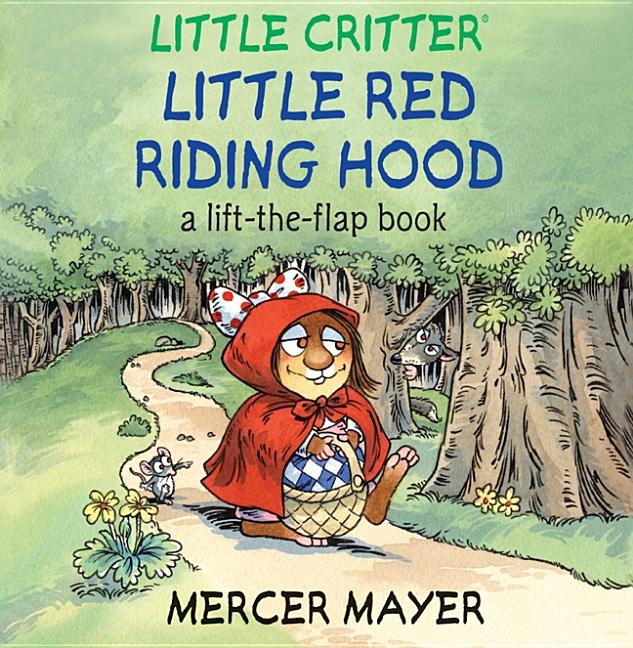 The goal of the story is to warn us, to show us that there are forbidden things for our community as a human race, a community, and a group. In the legend, our protagonists are an adolescent, a young girl who has just entered the adult world, as well as her red cap, a symbol for menstruation.
The goal of the story is to warn us, to show us that there are forbidden things for our community as a human race, a community, and a group. In the legend, our protagonists are an adolescent, a young girl who has just entered the adult world, as well as her red cap, a symbol for menstruation.
This young girl gets an order from her family: you have to go across a forest to get to take bread and milk to your grandmother. As you can see, up to this point, the variations with the original story are not too great, but we have to interpret each gesture and each image. The forest is danger, a risk zone for young people and one that is rises up as a test, as the rite of passage for a community, with which to show that a person’s children have now entered the adult world.
The main risk of this forest comes in the form of the wolf. This animal symbolizes wildness and the irrational. Something that our Red Riding Hood already knows and that she must face.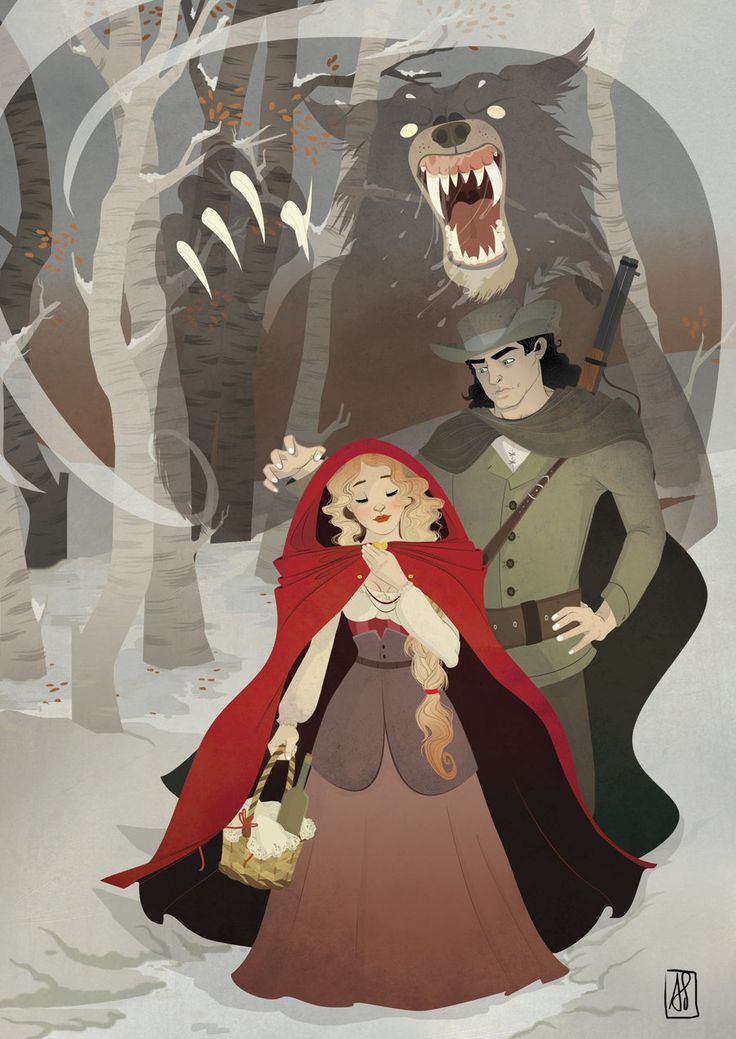 The young girl manages to cross the forest and happily enter the house of her grandma, who receives her in bed because she is sick. All of this is very similar to our classical story, no doubt, but here come the changes…
The young girl manages to cross the forest and happily enter the house of her grandma, who receives her in bed because she is sick. All of this is very similar to our classical story, no doubt, but here come the changes…
The grandma tells the girl to keep the bread and milk and to eat the meat that is prepared in the kitchen for her. Red Riding Hood agrees and devours it hungrily and feels full. After this, she obeys her grandma’s next order: she must take off her clothes, piece by piece, and burn them in the future, then to lie down in bed next to her. The young girl agrees, curious, but without doubting for a moment, without thinking about how weird the situation is, because just as she is going to lie down in the bed, she discovers that it is the wolf who is receiving her between roars of laughter, informing her that the meat that she has just eaten is her grandmother’s flesh. She has committed a horrible sin , cannibalism.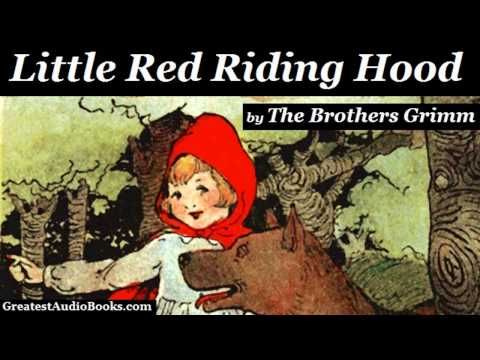 Later, the wolf devours Little Red Riding Hood.
Later, the wolf devours Little Red Riding Hood.
The symbolism is implicit in each character: The wolf is the sexual and violent world. The old woman who is devoured by a young girl, thereby replacing the old with the new, while at the same thing the new is presented as foolish and naïve for committing one of humanity’s greatest sacrileges: cannibalism. As you can see, one of the most classical and beloved stories from our childhood in fact has a very dark side.
The Scariest Tale: The True Story of Little Red Riding Hood
In France, her name is La Chaperone Rouge, in Germany, Rotkäppchen, and in the Czech Republic, her funniest name is Červená Karkulka ("Chervena Karkulka"). Little Red Riding Hood is known all over the world, but few people know the story of this fairy tale.
The tale of Little Red Riding Hood was first heard in Europe in the 14th century. Like many fairy tales that later became children's, at first it was not at all childish, but terrible and nasty.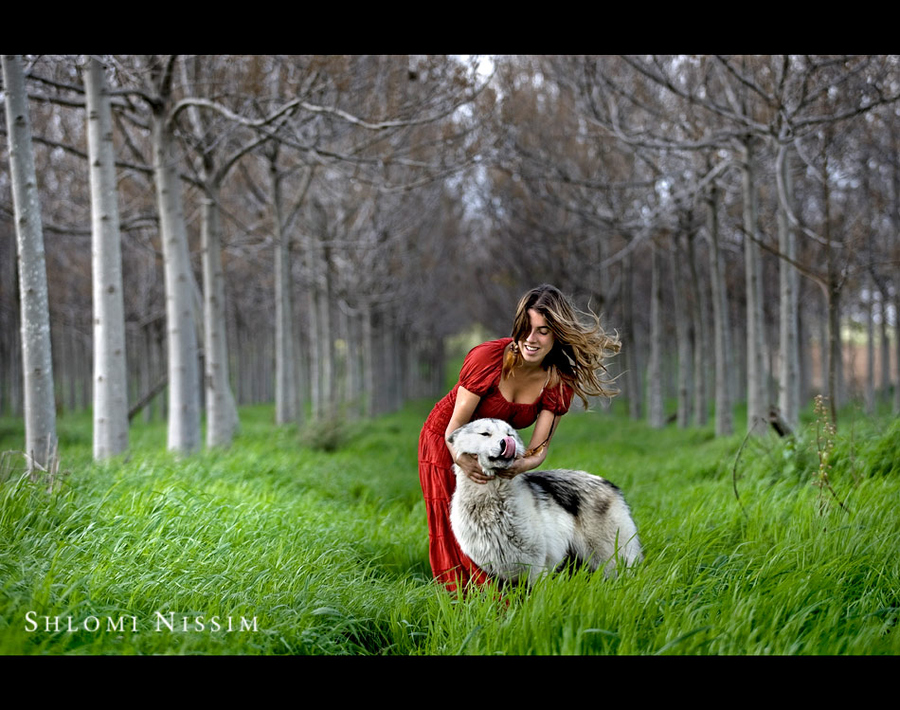 For example, a wolf does not eat a grandmother, but prepares some vile food from her and feeds her granddaughter with it. And no rescue lumberjacks at the end!
For example, a wolf does not eat a grandmother, but prepares some vile food from her and feeds her granddaughter with it. And no rescue lumberjacks at the end!
Where did the cap come from
Charles Perrault was the first to remove horrors from the fairy tale in 1697. He also dressed Little Red Riding Hood in a red cap: before that, the fairy tale did not specify how the girl, deceived by the wolf, was dressed.
Perrault gave her not just a cap, but a chaperon - a headdress, which at that time was not worn in the cities for a long time, but in the villages it was still met. Thus, it was emphasized that Little Red Riding Hood is a village girl, “from the people”, and this story happened, most likely, a long time ago.
Headdress chaperonUninvented wolf
Brothers Jakob and Wilhelm Grimm wrote down the fairy tale in the usual form for us in 1812. Jacob Grimm, the eldest of the brothers, was a great lover of antiquities, ancient legends and myths, and for some time served as the personal librarian of Jerome Bonaparte, younger brother of Emperor Napoleon I.
Most likely, it was then that Jacob Grimm heard the story of the evil and cunning wolf, who attacked children and women in the French county of Gévaudan almost 50 years ago. From 1764 to 1767, the Gevaudan wolf, or, as it was more commonly called, the "Gevodan monster", attacked people more than 200 times, with almost 100 people killed.
Eyewitnesses spoke of a terrible beast that made the famous Hound of the Baskervilles look like a poodle. Incredibly huge and strong, the wolf was also distinguished by rare cunning. The King of France personally sent his best hunters to capture or kill this monster, but it always managed to escape. The local governor sent a detachment of 50 soldiers to Zhevodan, but even they could not find and kill the Zhevodan beast.
Attack of the Gevaudan monster Residents locked themselves at home and did not go out alone. Many called the Zhevodan wolf a "werewolf": they say that he can, imitating a human voice, call travelers by name and lure the unwary into the forest or into the swamp.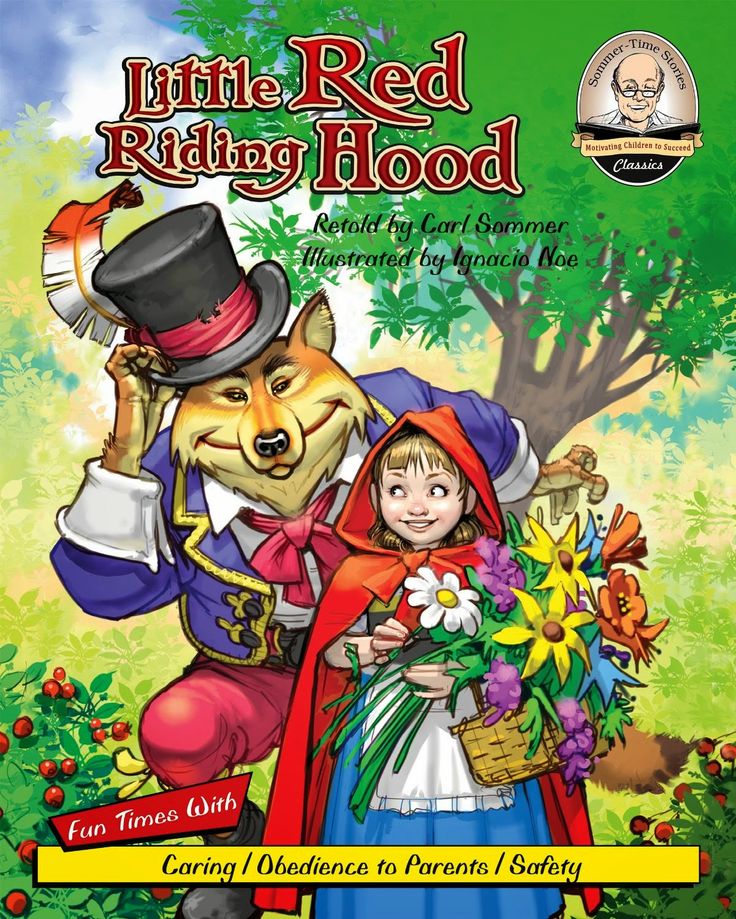
Courageous children
Some still managed to escape - almost like Little Red Riding Hood. Once, seven peasant children were walking from the village of Villare when they were attacked by a Zhevodan beast. However, the children were not afraid: they had sticks with tied knives, and they were able to fight off the monster. The most courageous was 12-year-old Jacques Portfay, and as a reward for bravery, the King of France personally ordered the boy to be educated. When Jacques grew up, he became an artillery lieutenant in the French army.
On another occasion, a monster attacked a group of girls from the village of Pollac-en-Marjoride. One of the girls, Marie-Jean Vallee, grabbed a wooden stake and inflicted a serious wound on the beast, after which it ran away - so she escaped herself and saved her friends.
A wolf or an extinct animal
Three years later the attacks stopped. But the mystery remained a mystery: was this monster a wolf? Eyewitnesses said that the beast “looks like a wolf, but not a wolf”: it was a huge predatory beast, with a mouth full of sharp teeth, but at the same time with a long thin tail and hooves instead of claws.
In addition, the “wolf” allegedly never howled like dogs or wolves howl, and his voice rather resembled human laughter. The skin of the "wolf" was not gray or black, but light brown, with dark spots. Finally, the “wolf” ran beautifully over rocks and swamps, and during the attack it often stood up on its hind legs, which real wolves never do.
At the end of the 19th century, scientists discovered the bones of ancient predators - mesonychia, such as Andrewsarchus or Synonyx. These animals were very large in size, with a long thin tail, a huge mouth with sharp teeth and hooves instead of claws.
The descriptions of the "Gevaudan monster" surprisingly coincided with the conclusions of scientists in many details. For example, scientists believe that mesonychia lived in coastal or swampy areas. The "Zhevaudan Beast", according to the memoirs of contemporaries, also incredibly skillfully hid from hunters in the swamps. But mesonychia became extinct more than 30 million years ago.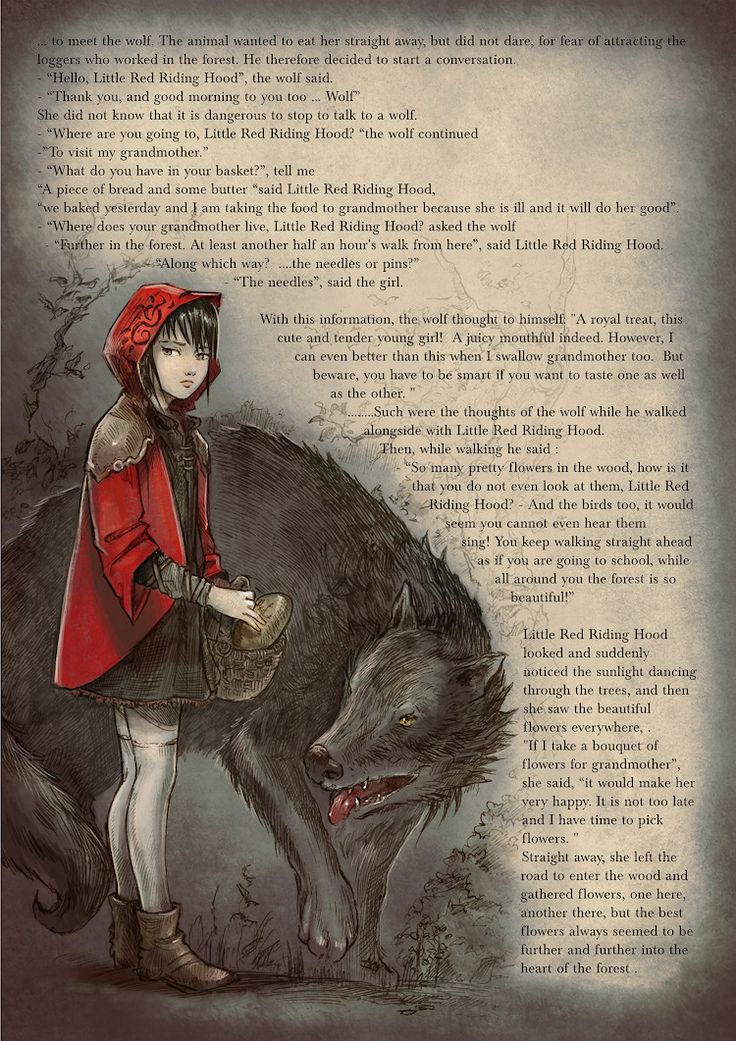 Where could such a beast appear in France in the 18th century?
Where could such a beast appear in France in the 18th century?
A hundred years later, in Chauvet, not far from the county of Gévaudan, a previously unknown cave was discovered. More than 400 ancient rock paintings were found inside. The drawings depicted animals: horses, deer, the extinct woolly rhinoceros, as well as predators - lions, bears, wolves and a mysterious beast, which scientists called the "panther from Chauvet".
"Panther of Chauvet"Enormous in size, with spotted skin, thin long tail and head like a wolf or a bear. This animal does not look like a panther at all, but at the same time it very well resembles the ancient mesonychia and the "Gevodan monster". So, just 30 thousand years ago, prehistoric hunters knew an animal that lived on Earth 30 million years ago? 30 thousand years is a very short time for biology.
It is not known whether individual specimens of ancient mesonychia could have survived in impenetrable swamps, but perhaps the “Gevodan monster” was one of the last representatives of a biological species considered extinct.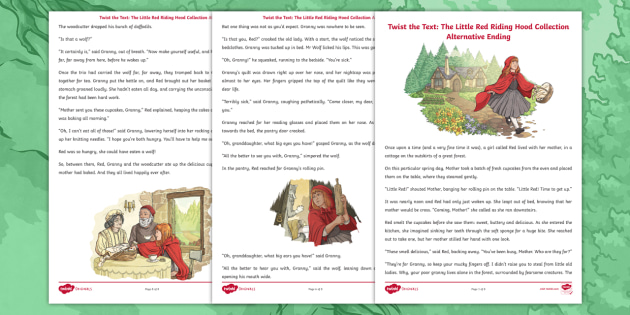 Be that as it may, the story of the Gevaudan werewolf was preserved in the well-known fairy tale thanks to the Brothers Grimm.
Be that as it may, the story of the Gevaudan werewolf was preserved in the well-known fairy tale thanks to the Brothers Grimm.
This article was published in Luchik magazine, the best children's magazine in the country according to the results of the All-Russian Children's Media Competition. Issues of the journal are available for public access on the official website of the journal.
Subscribe to "Luchik", and a fresh issue will be sent to your mailbox every month. The magazine is delivered to all countries of the world.
Subscribe to our blog and read more:
- quantum physics for children;
- what brings up masculinity in boys;
- Cartoon Bill Cipher's historical roots;
- what were the real names of Athos, Porthos and Aramis.
The true story of Little Red Riding Hood
The true story of Little Red Riding Hood
© Tatyana Vorontsova
190 years ago, on October 18, 1812, two young scientists, the brothers Jacob and Wilhelm Grimm, put an end to which was to become the final book major bestseller in German-language literature.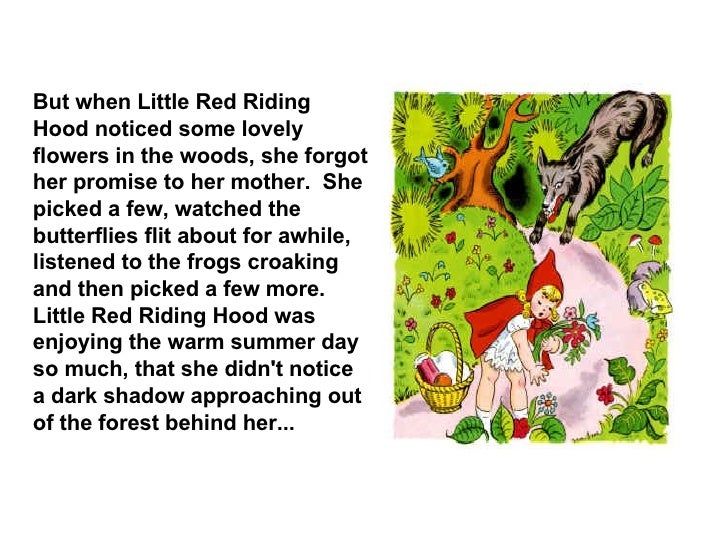 The book was called "Children's and Household Tales", and it was from it that the world became known
The book was called "Children's and Household Tales", and it was from it that the world became known
“Once upon a time there was a sweet little girl. And whoever looked at her, everyone liked her, but her grandmother loved her more than anyone and was ready to give her everything. So she once gave her a cap of red velvet, and because this cap suited her very well and she didn’t want to wear any other, they called her Little Red Riding Hood ... ”Who in childhood was not fascinated by this seemingly naive, artless text? Nevertheless, the story of Little Red Riding Hood is not so simple: it is tortuous and intricate, just as human consciousness is tortuous and intricate.
The first literary version of this old folk tale was published by Charles Perrault in 1697 in Paris, in the book “Tales of My Mother Goose, or Stories and Tales of Old Times with Instructions”, dedicated to the princess of the French royal house. In those days, the story of a girl who went to visit her grandmother and met a wolf on the road was told all over Europe - both in the homes of commoners and in the castles of the nobility. The tale was especially popular in the Tyrol and the foothills of the Alps, where it had been known at least since the 14th century. Actually, it was a lot of stories: in the north of Italy, the granddaughter brought fresh fish to her grandmother, in Switzerland - a head of young cheese, in the south of France - a pie and a pot of butter; in some cases, the wolf was the winner, in others, the girl ... Perrault took one of the options as a basis, dressed up the nameless girl in a “companion” cap of scarlet velvet and bestowed the name - Little Red Riding Hood. I must say that in France at the turn of the 17th-18th centuries, when social differences in clothing were strictly regulated, only aristocrats and middle-class women wore such headdresses. A simple village girl, who easily walked in a velvet cap of a defiant color, and even - contrary to her mother's orders - entered into a conversation with a stranger, obviously understood a lot about herself, which the harsh era of the Enlightenment did not encourage.
The tale was especially popular in the Tyrol and the foothills of the Alps, where it had been known at least since the 14th century. Actually, it was a lot of stories: in the north of Italy, the granddaughter brought fresh fish to her grandmother, in Switzerland - a head of young cheese, in the south of France - a pie and a pot of butter; in some cases, the wolf was the winner, in others, the girl ... Perrault took one of the options as a basis, dressed up the nameless girl in a “companion” cap of scarlet velvet and bestowed the name - Little Red Riding Hood. I must say that in France at the turn of the 17th-18th centuries, when social differences in clothing were strictly regulated, only aristocrats and middle-class women wore such headdresses. A simple village girl, who easily walked in a velvet cap of a defiant color, and even - contrary to her mother's orders - entered into a conversation with a stranger, obviously understood a lot about herself, which the harsh era of the Enlightenment did not encourage.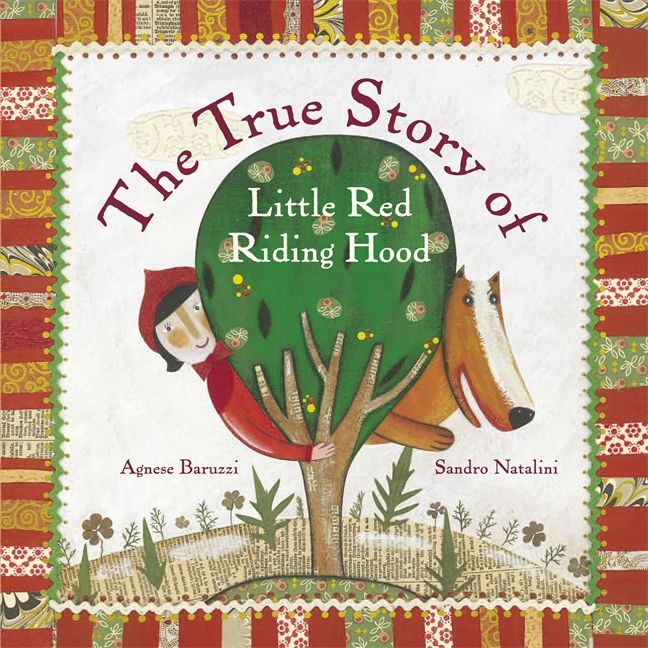 In the finale, the wolf taught a cruel lesson to all the windy young ladies: he "attacked Little Red Riding Hood and swallowed her."
In the finale, the wolf taught a cruel lesson to all the windy young ladies: he "attacked Little Red Riding Hood and swallowed her."
The gallant author crowned the “cute trifle” (as he called his fairy tale) with a moral:
Little children, not without reason
(And especially girls, beauties and spoiled girls),
Encountering all sorts of men on the way,
No speeches
Otherwise, the wolf might eat them...
The popularity of Perrault's book was amazing, although the 69-year-old author himself, a prominent royal official and member of the French Academy, fearing ridicule, at first did not dare to put his own name on the collection, therefore for the first time, "Tales of Mother Goose" was published signed by the 11-year-old son of the writer - D'Armancourt.
But the “canonization” of the text did not end there. From the pages of a French book, Little Red Riding Hood returned to oral stories, and a hundred years later reappeared in a literary version - in German Kassel. This time, the philologists brothers Wilhelm and Jacob Grimm acted as authors, who saw in fairy tales by no means “trifles”. Grimms perceived folk tales as a necessary link in the unification of the fragmented German principalities-electors, who spoke different dialects, into a single national state. The goal of the Grimms was to collect and voice "living folk poetry", to preserve the authenticity of folk art. They believed that the “German pramith” was contained in fairy tales, and in their book “Children's and Household Tales” they selected only those stories that were popular in the territory of German settlement. Grimm's fairy tales were considered as pantries in which a single memory of the mythological ideas and beliefs of their ancestors was preserved, and they saw their task in revealing the “authenticity”, the true nationality of the plot. Based on the idea of the unity of the people, the Grimms did not distinguish between written and oral sources, as well as the belonging of authors to different social and cultural strata, believing that in any of the options there is both truth and artificiality.
This time, the philologists brothers Wilhelm and Jacob Grimm acted as authors, who saw in fairy tales by no means “trifles”. Grimms perceived folk tales as a necessary link in the unification of the fragmented German principalities-electors, who spoke different dialects, into a single national state. The goal of the Grimms was to collect and voice "living folk poetry", to preserve the authenticity of folk art. They believed that the “German pramith” was contained in fairy tales, and in their book “Children's and Household Tales” they selected only those stories that were popular in the territory of German settlement. Grimm's fairy tales were considered as pantries in which a single memory of the mythological ideas and beliefs of their ancestors was preserved, and they saw their task in revealing the “authenticity”, the true nationality of the plot. Based on the idea of the unity of the people, the Grimms did not distinguish between written and oral sources, as well as the belonging of authors to different social and cultural strata, believing that in any of the options there is both truth and artificiality. They presented their own version of Little Red Riding Hood, combining oral stories, the fairy tale of Charles Perrault, as well as the verse play “The Life and Death of Little Red Riding Hood”, written in 1800 by the German romantic writer Ludwig Tiek (it was Tiek who introduced the hunter who saves the girl and grandmother from the belly of a wolf).
They presented their own version of Little Red Riding Hood, combining oral stories, the fairy tale of Charles Perrault, as well as the verse play “The Life and Death of Little Red Riding Hood”, written in 1800 by the German romantic writer Ludwig Tiek (it was Tiek who introduced the hunter who saves the girl and grandmother from the belly of a wolf).
A feature of the fairy tale by the Brothers Grimm is the abundance of details, sometimes seeming nonsense, sometimes everyday life, sometimes just rudeness and cruelty. The girl's grandmother does not live in another village, but in the forest itself. Little Red Riding Hood brings her a piece of cake and a bottle of wine in her apron, and her mother sternly admonishes her: “Go modestly, as you should; don’t turn aside from the road, otherwise you’ll fall and break the bottle, then grandmother won’t get anything. And when you enter her room, do not forget to say hello to her, and not only to look back and forth in all corners first.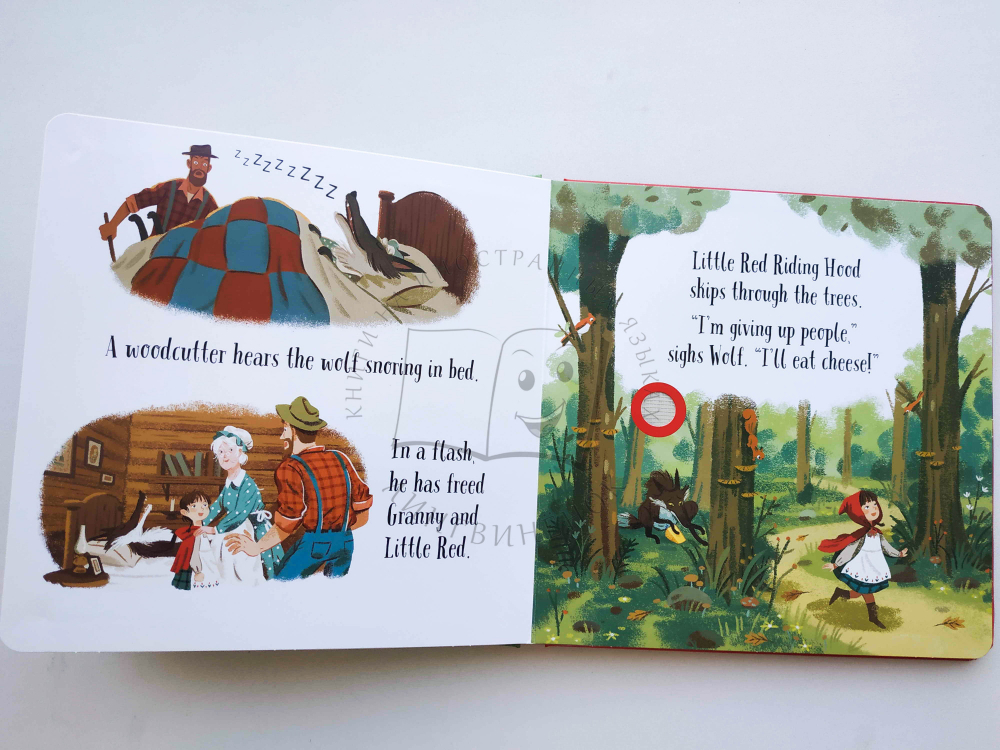 The wolf reproachfully tells the girl that she is going, “as if she is in a hurry to go to school”, offers to “have fun in the forest”, and Little Red Riding Hood, succumbing to persuasion, enters the forest thicket and begins to collect flowers. Having eaten the grandmother, the wolf not only lays down in her bed, but first puts on a dress and cap. At the same time, he leaves the door wide open. Having swallowed the girl, the wolf snores so loudly throughout the forest that the hunter passing by the hut thinks if he needs to help the old woman. Seeing the wolf, the hunter takes the scissors and rips open the sleeping belly: “As soon as he made the first incision, he sees that the little red cap is visible inside. He quickly made a second incision, and a girl jumped out of there and screamed:
The wolf reproachfully tells the girl that she is going, “as if she is in a hurry to go to school”, offers to “have fun in the forest”, and Little Red Riding Hood, succumbing to persuasion, enters the forest thicket and begins to collect flowers. Having eaten the grandmother, the wolf not only lays down in her bed, but first puts on a dress and cap. At the same time, he leaves the door wide open. Having swallowed the girl, the wolf snores so loudly throughout the forest that the hunter passing by the hut thinks if he needs to help the old woman. Seeing the wolf, the hunter takes the scissors and rips open the sleeping belly: “As soon as he made the first incision, he sees that the little red cap is visible inside. He quickly made a second incision, and a girl jumped out of there and screamed:
— Oh, how scared I was! It was so dark in the wolf's belly!
Grandmother also got out after Little Red Riding Hood, barely alive - she could not catch her breath. Then the wolf is punished: his belly is stuffed with large stones. Waking up, he wants to run away, but heavy stones are pulled down, and the wolf falls dead. Each of the winners receives his reward: the hunter takes home the skin taken from the wolf, the grandmother, after eating a cake and drinking wine, gets better, and Little Red Riding Hood learns a life lesson: “From now on, I will never turn off the highway alone without my mother’s permission” . Soon the girl meets another wolf in the forest, and this meeting turns out to be fatal for him: Little Red Riding Hood and Grandmother drown the stupid villain in the trough without anyone's help.
Waking up, he wants to run away, but heavy stones are pulled down, and the wolf falls dead. Each of the winners receives his reward: the hunter takes home the skin taken from the wolf, the grandmother, after eating a cake and drinking wine, gets better, and Little Red Riding Hood learns a life lesson: “From now on, I will never turn off the highway alone without my mother’s permission” . Soon the girl meets another wolf in the forest, and this meeting turns out to be fatal for him: Little Red Riding Hood and Grandmother drown the stupid villain in the trough without anyone's help.
The first publication of "Children's and Household Tales" did not arouse much enthusiasm. The Brothers Grimm's book was seen as a cross between a scientific document and children's fun, the publication was not bought up - readers demanded fabulous romantic short stories. However, after some time, either the authors successfully finalized the material, or the public got used to a strange mixture of archaic oral folk tradition and its literary fixation - the book began to diverge with a bang.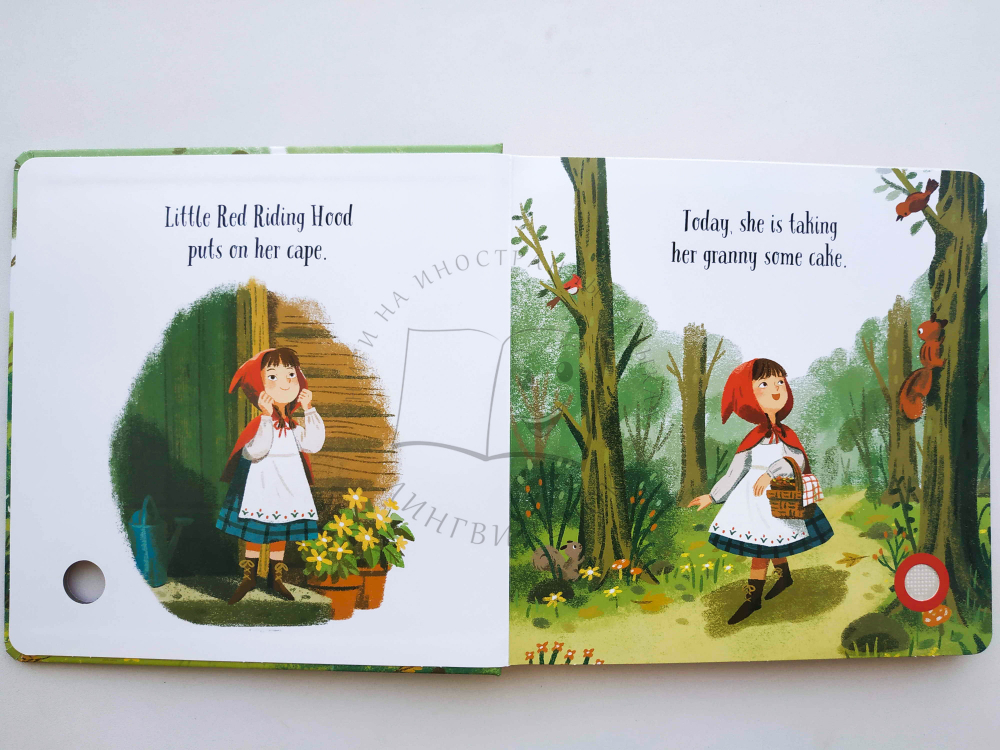 Numerous translations were also not long in coming...
Numerous translations were also not long in coming...
Since then, Little Red Riding Hood has become the most popular folk book tale in Europe, and then in the world - always relevant and full of hidden meaning, which many tried to comprehend, sometimes crossing all sorts of boundaries in their conclusions.
So, since the fairy tales of the Brothers Grimm came out in the year of the victory over Napoleon, in 1812, and were collected at a time when the lands of the Rhine were under the French heel, some researchers saw the French “intruder” in the wolf, and the suffering German people in Little Red Riding Hood , and in the hunter - the expected disinterested liberator. And a century later, the ideologues of the Third Reich, who declared "Children's and Household Tales" by the Brothers Grimm a sacred book, wrote in all seriousness that Little Red Riding Hood embodies the German people, persecuted by the wolf of Jewry.
The Grimms themselves, deeply religious people, saw in Little Red Riding Hood a single symbol of rebirth - descent into the darkness and transformation. A hundred years later, Christian researchers who developed this idea declared Little Red Riding Hood the personification of human passions: vanity, self-interest and hidden lust. In the wolf, these same passions are embodied clearly and definitely. Only freed from the wolf's belly, as if born again, the girl is transformed.
A hundred years later, Christian researchers who developed this idea declared Little Red Riding Hood the personification of human passions: vanity, self-interest and hidden lust. In the wolf, these same passions are embodied clearly and definitely. Only freed from the wolf's belly, as if born again, the girl is transformed.
Neo-mythologists, supporters of the so-called “wolf-solar theory”, who also considered themselves followers of the Grimms, argued that the fairy tale reflects the change of natural phenomena: the grandmother living in the forest in a house “under three large oaks” is mother nature, Little Red Riding Hood is the sun , the wolf is winter, and the hunter is the new year. Neo-pagans (there were some) considered the wolf to be the most positive character in the fairy tale. The red color of the girl's headdress seemed to them the embodiment of danger, and the grandmother, living in a dense forest, evoked associations with Baba Yaga and the goddess of death of the ancient Germans (by the way, pies and wine were a common sacrifice for the dead and other representatives of the underworld among all Indo-Europeans). So the wolf seemed to them to be something like an ancestor hero, who was trying to free the world from death and fell victim in an unequal struggle.
So the wolf seemed to them to be something like an ancestor hero, who was trying to free the world from death and fell victim in an unequal struggle.
Initially, in the oral tradition of the fairy tale about Little Red Riding Hood, the wolf was not just an animal, but a werewolf (this is where his ability to speak in a human voice and successful attempts to disguise himself as a grandmother come from). The Grimms, like Perrault, did not advertise it, but implied it. At the end of the 20th century, interest in mysticism provoked a number of relevant interpretations of Little Red Riding Hood, among which the most famous interpretation of the British "Oscar" Neil Jordan - he turned this story into a love thriller about werewolves "In the Company of Wolves".
People of the 19th century saw a pure image in Little Red Riding Hood. A fan of "Children's and Household Tales" Charles Dickens in his "Christmas Stories" shared naive childhood reflections: "I felt that if I could marry Little Red Riding Hood, I would know true happiness.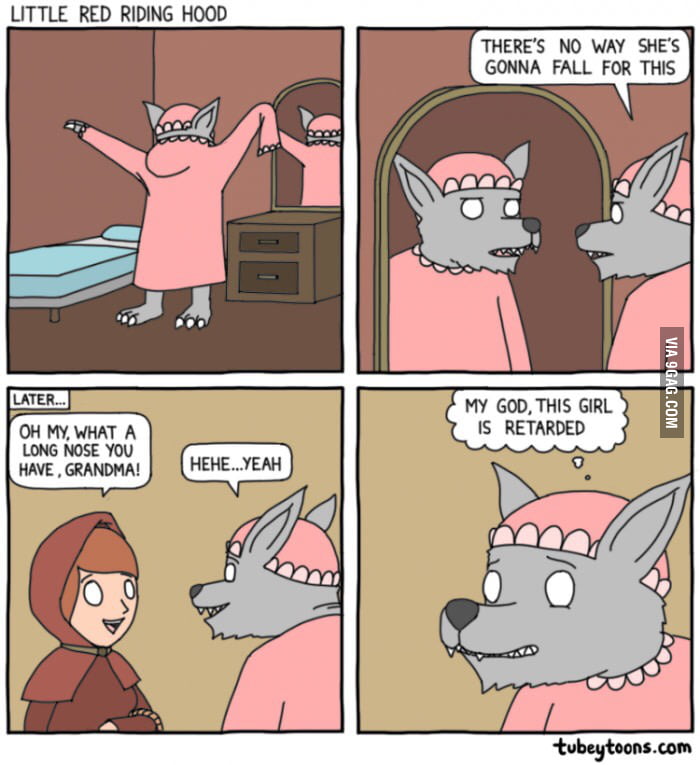 " And the Grimms themselves, who dreamed of returning to their national roots, generally believed that before the world was asexual, and “people produced children with just one look (as God acts only with a thought)” - only “then they needed kisses for this and, finally, hugs and carnal intercourse." “Teutonic religious neurotics” (so the brothers were dubbed by little-believing psychoanalysts of the 20th century) when preparing fairy tales for publication, they expelled from them all to any extent erotic scenes and expressions, because they believed that “old poetry” was “innocent”.
" And the Grimms themselves, who dreamed of returning to their national roots, generally believed that before the world was asexual, and “people produced children with just one look (as God acts only with a thought)” - only “then they needed kisses for this and, finally, hugs and carnal intercourse." “Teutonic religious neurotics” (so the brothers were dubbed by little-believing psychoanalysts of the 20th century) when preparing fairy tales for publication, they expelled from them all to any extent erotic scenes and expressions, because they believed that “old poetry” was “innocent”.
The 20th century made Little Red Riding Hood a brand and a diagnosis. So, in the 30s, supporters of Freud's student Erich Fromm declared that Little Red Riding Hood is a fully matured girl, and her headdress is a symbol of physiological maturity. The mother's warnings to stay on the road and beware of breaking the bottle are warnings against casual relationships and loss of virginity. The main characters of the tale are three generations of women. The wolf, embodying the masculine principle, is a “ruthless and treacherous animal”, and the hunter is a conventional image of Little Red Riding Hood's father (which is why he is not among the despised men). In general, the story tells about the triumph of the female half of humanity over the male and returns the reader to the world of matriarchy.
The wolf, embodying the masculine principle, is a “ruthless and treacherous animal”, and the hunter is a conventional image of Little Red Riding Hood's father (which is why he is not among the despised men). In general, the story tells about the triumph of the female half of humanity over the male and returns the reader to the world of matriarchy.
In the 1960s, the era of the sexual revolution and the rise of feminism, researchers began to talk about swallowing as rape, a symbolic description of uncontrollable sexual appetite. At the same time, the girl herself provokes the wolf to active actions: she wears a bright hat, talks to a stranger, has fun in the forest ... At the same time, the wolf turns out to be a transvestite and secretly envies the woman's ability to become pregnant. That is why he swallows his grandmother and granddaughter whole, making an attempt to put living beings in his stomach. At the end of the wolf, stones are killed - symbols of sterility, which is a mockery of the desire to play childbirth .